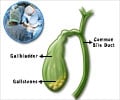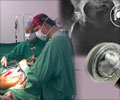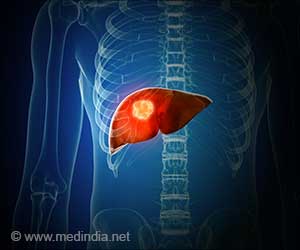The risk of patient harm more than doubled in 2006, when teaching hospitals nationwide embraced the pursuit of minimally invasive robotic surgery for prostate cancer.

In 2003, there were an estimated 617 minimally invasive robotic prostatectomies (MIRPs) performed in the United States. By 2009, this number increased to 37,753 procedures. In 2005, patients were twice as likely to experience an adverse event if they were undergoing MIRPs compared to a traditional open surgical procedure. The following year – was considered the tipping point for the adoption of MIRP when it equaled or exceeded 10 percent of all cases.
"The trend observed here is not new to robotic surgery. The same phenomena occurred with the move to minimally invasive approaches to gallbladder and kidney surgeries, both surgeries that are now well documented to improve safety and outcomes," said Christopher Kane, MD, professor of surgery and interim chair of the Department of Surgery, UC San Diego School of Medicine, who was not involved with the study. "Whenever a new technology is adopted there is a temporary period where there may be an increased risk to the patient. This can be reduced by extensive surgical training, vigorous credentialing standards and extended mentorship by experienced surgeons. This report should encourage the adoption of more rigorous credentialing standards proposed by professional organizations rather than by individual hospitals."
Kane added that robotic prostatectomy by experienced surgeons has proven to be beneficial to the patient with less blood loss, reduced infections and shorter hospital stays.
"A responsibility of deploying a surgical technology should include the responsibility to monitor it as it diffuses throughout the real world to ensure safety," said David C. Chang, PhD, MPH, MBA, director of Outcomes Research at UC San Diego School of Medicine and the paper's senior author. "Surveillance of surgical safety should be ongoing, much like the Centers for Disease Control monitor changes in trends of infectious diseases across the country."
The UC San Diego team used Patient Safety Indicators, developed by the Agency for Healthcare Research and Quality (AHRQ), to develop a nationwide data sample to analyze surgical provider performance and potential in-hospital adverse events from 2003-2009. Data for the prevalence of robotic prostatectomy was pulled from AHRQ and compared to published data from Intuitive Surgical Inc., the manufacturer of the da Vinci robotic system.
Advertisement
Advertisement








